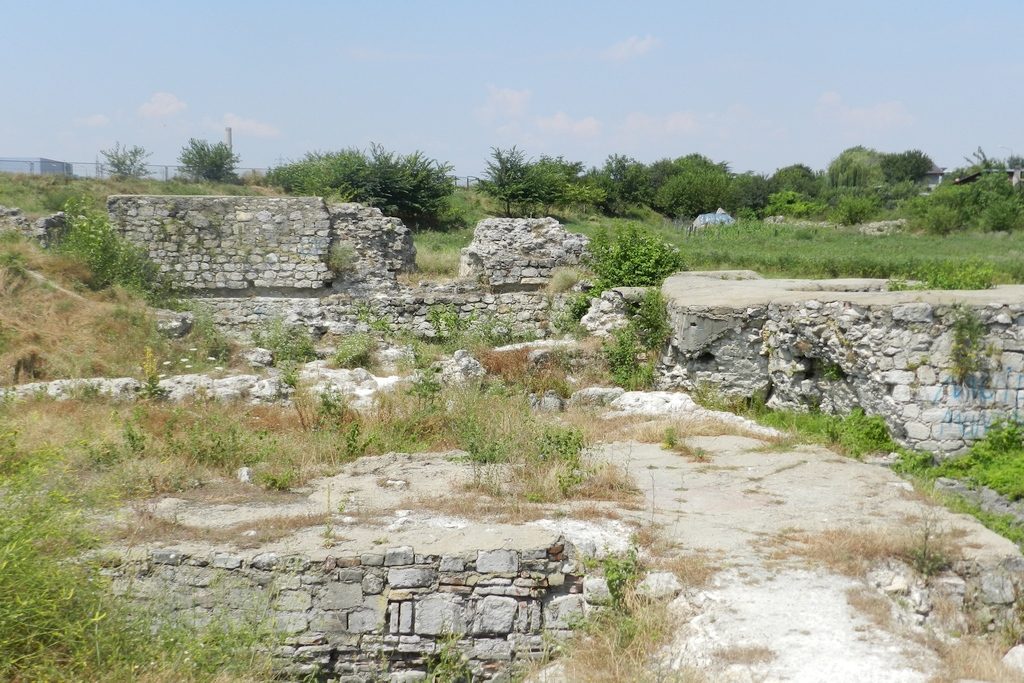

According to data held it was believed that the city of Giurgiu was built in the fourteenth century by the Genoese, at one of the main fords of the Lower Danube. The assertion was based on the assumption that the name was derived from San Giorgio’s patron of Genoa (AT Laurian, Istriana …, p. 67; Hasdeu, San Giorgio and Calafato “, in “Trajan’s Column”, I ,no. 57, 1870; N. Bălcescu, Istoria românilor supt Mihai Voda Viteazul (The History of the Romanians under Michael the Brave),in “Opere”, IInd vol., Bucharest, 1953, p. 122; C. Bolliac, Memoires pour servir a l’histoire de la Roumanie (Provinces Danubiennes), Paris, 1856, p. 23.). It was later established that the assertion was unfounded and Constantinescu NA (N. A. Constantinescu, “Cetatea Giurgiu – originile si trecutul ei”, AAR extract, IInd series, tom XXXVIII «Memoriile sectiunii istorice», Bucharest, 1916.) said that name derivation comes from “a state founder whose name was Jurj, Giurge or Giurgiu” (ibidem, p. 486 and next).
According to the historians, the first mention of the city of Giurgiu was made in a document Codex Latinus Parisinus from the beginning of XVth century, when it appears as Zorio, meaning a ‘desert place’. The specialists were suggested that the fortress was destroyed during the Ottomans campaign in 1394 against Mircea cel Batran.
In 1420 it was conquered by the Otthoman Empire which had hold thus the control of traffic on the Danube.
By existence of Mircea cel Batran Fortress, the walled city on the Danube was many times attacked for its strategically importance, Giurgiu being a bridgehead on the way to the capital of the country. Michael the Brave has succeeded through the great victory of Giurgiu in 1595, to keep the fortress for several years, but after two years only, the Turks came back, restored and increased the city, so after another two years after re-conquering, in 1599, they could fit here about ten thousand people towards three hundred as it was its capacity in the half of the XVth century.
Mihnea the IIIrd is the last prince trying to re-conquer the fortress in September 1659, but, after one month of siege he finds out about his allies defeat and he retreats inside the country. The Mircea cel Batran Fortress remains important from almost four hundred years since it was built, so that, during the fight between Russia and Ottoman Empire (1768-1774) it served as bastion of defense.
The fortress was conquered by Russians but through an agreement it was again returned to Turks, who fortified the city and deposited here ammunitions.
In all Russian-Austrian-Ottoman wars, the city was besieged. The city of Giurgiu was returned to Wallachia in 1829, but Turks before their retreat completely destroyed the walls and fortifications.
